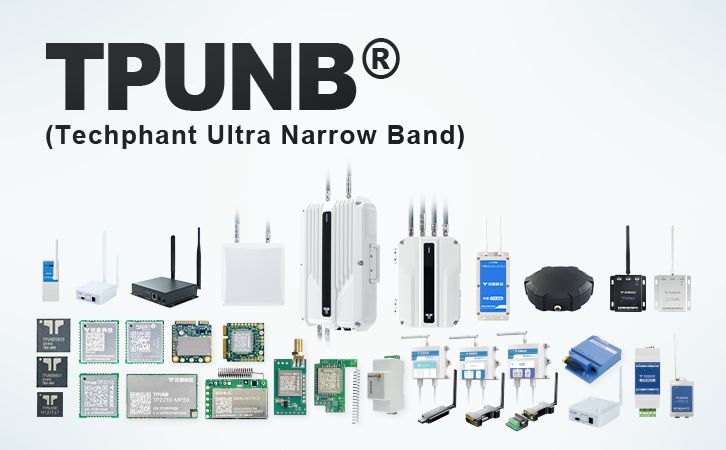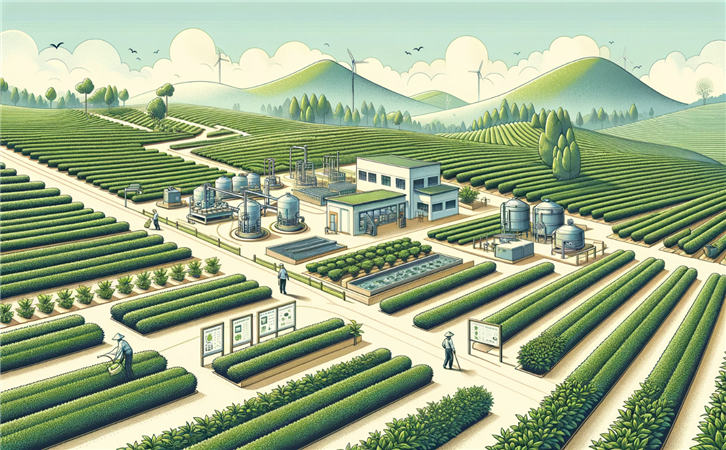The primary difference between the Internet of Things (IoT) and the Industrial Internet of Things (IIoT) lies in their focus, application domains, and design requirements. Here’s a detailed breakdown based on the evidence:
1. Application Focus
- IoT is centered on consumer-centric applications, enhancing convenience and daily life through smart devices like smartphones, smart home appliances, and wearables. Its goal is to improve user experience and reduce costs in everyday scenarios .
- IIoT is tailored for industrial environments, aiming to optimize production efficiency, safety, and automation in sectors such as manufacturing, energy, and logistics. It emphasizes large-scale machine-to-machine (M2M) communication and data-driven decision-making .
2. Technical Requirements
- IoT devices typically use standard protocols (e.g., Wi-Fi, Bluetooth) and prioritize simplicity, cost-effectiveness, and user-friendliness. They handle moderate data volumes and operate in less demanding environments .
- IIoT requires robust, high-precision sensors, durable hardware, and specialized industrial protocols (e.g., MQTT, OPC-UA) to withstand harsh conditions. It processes massive data volumes for real-time analytics and predictive maintenance .
3. Data and Security Demands
- IoT focuses on data collection for personalization and convenience, with security measures primarily addressing privacy and identity verification .
- IIoT demands stringent security protocols to ensure data integrity and reliability in critical systems, as failures in industrial settings can lead to safety risks or operational downtime .
4. Scalability and Complexity
- IoT operates on small-scale networks with flexible connectivity, often involving temporary or localized setups .
- IIoT requires scalable, centralized infrastructure to manage thousands of interconnected industrial assets, ensuring seamless integration with legacy systems and advanced analytics .
5. Impact and Reliability
- IoT prioritizes user comfort and incremental improvements, with devices often replaced easily if they fail .
- IIoT emphasizes high reliability, as disruptions in industrial processes can have severe consequences (e.g., production halts, safety hazards) .
In summary, while IoT and IIoT share foundational principles of connectivity and data exchange, their distinctive applications, technical rigor, and operational priorities define their primary differences.


